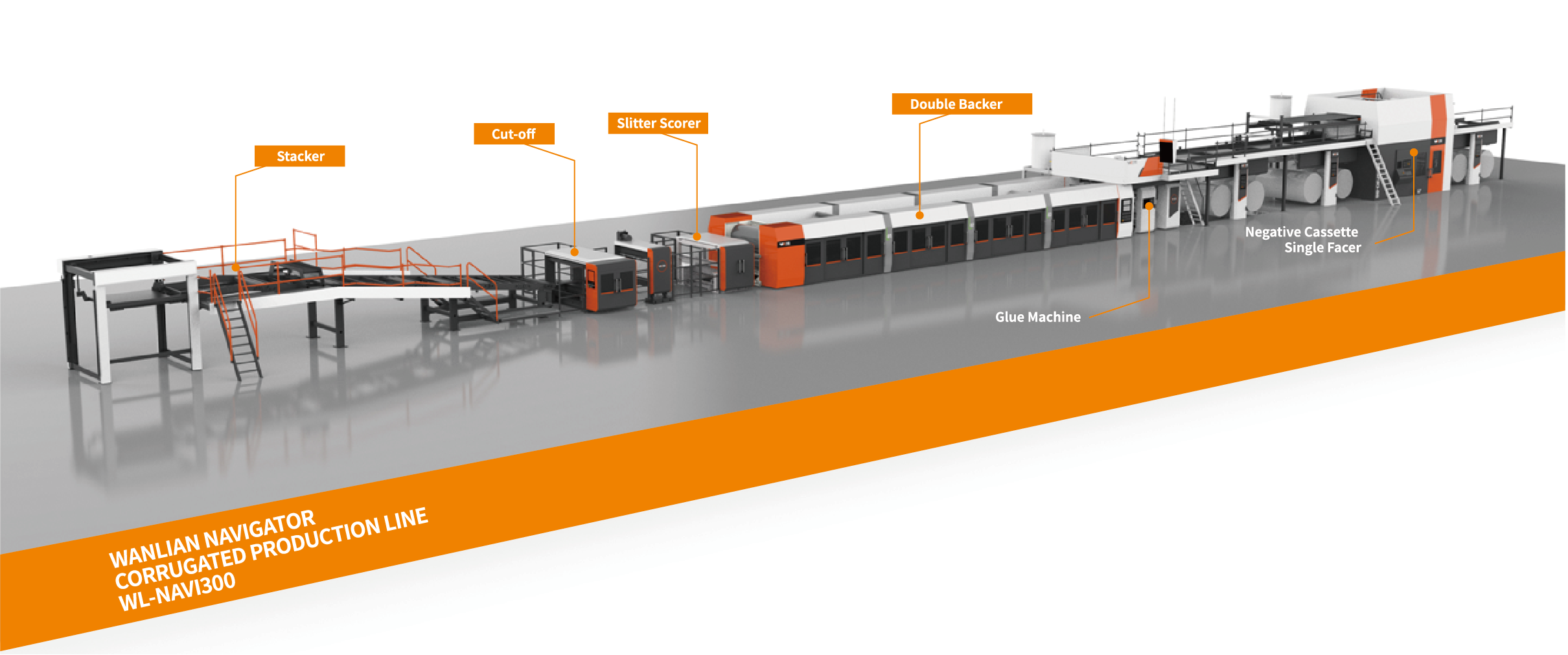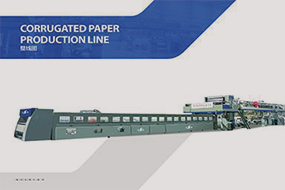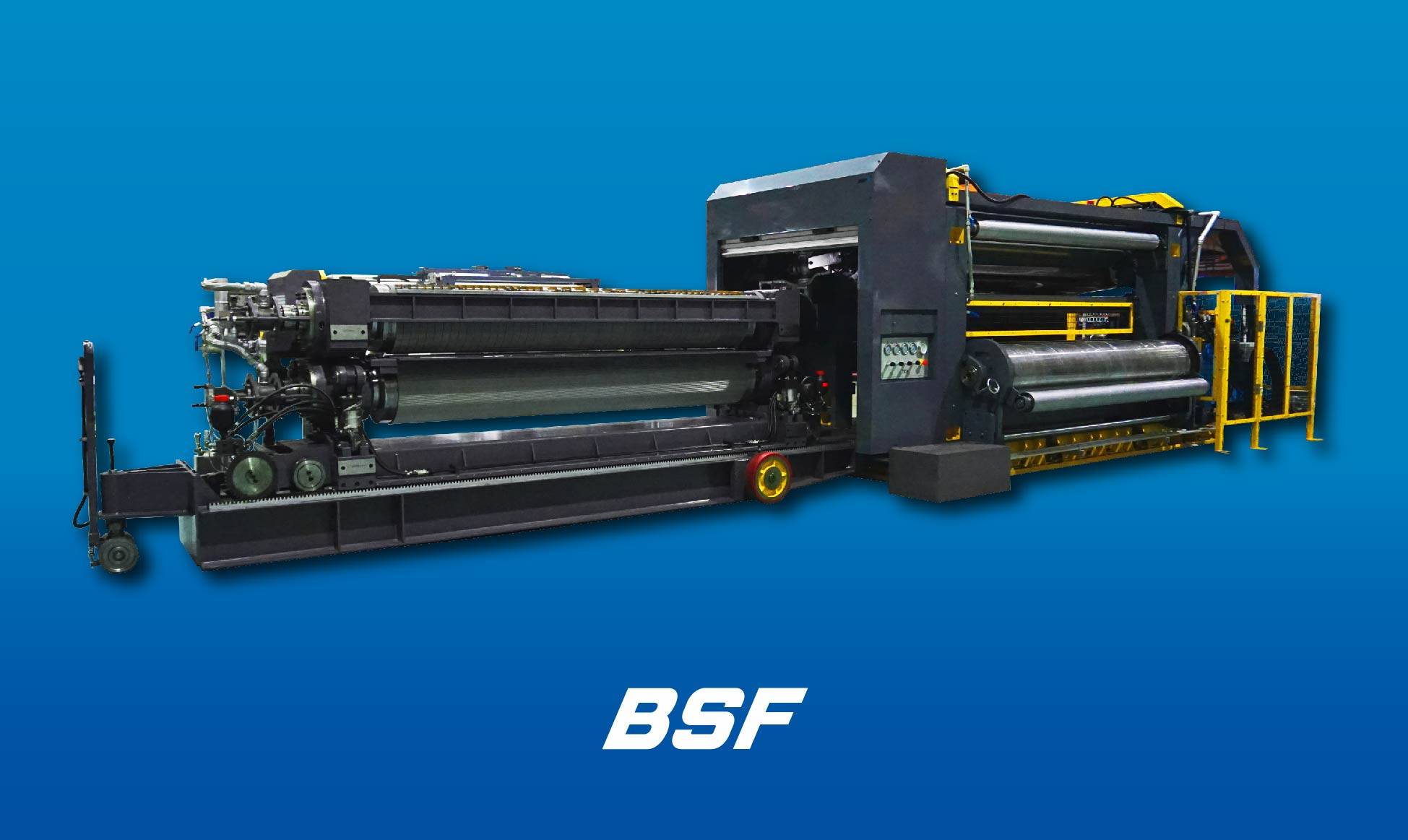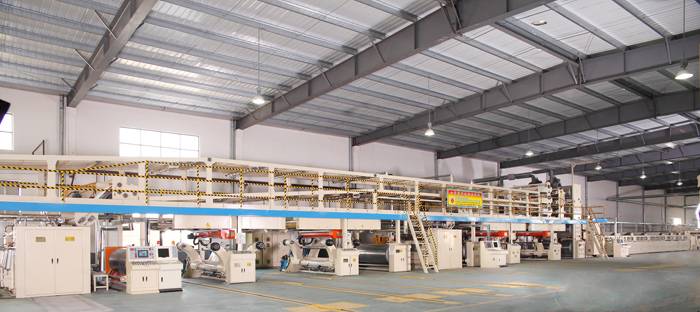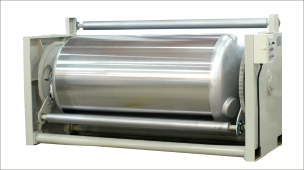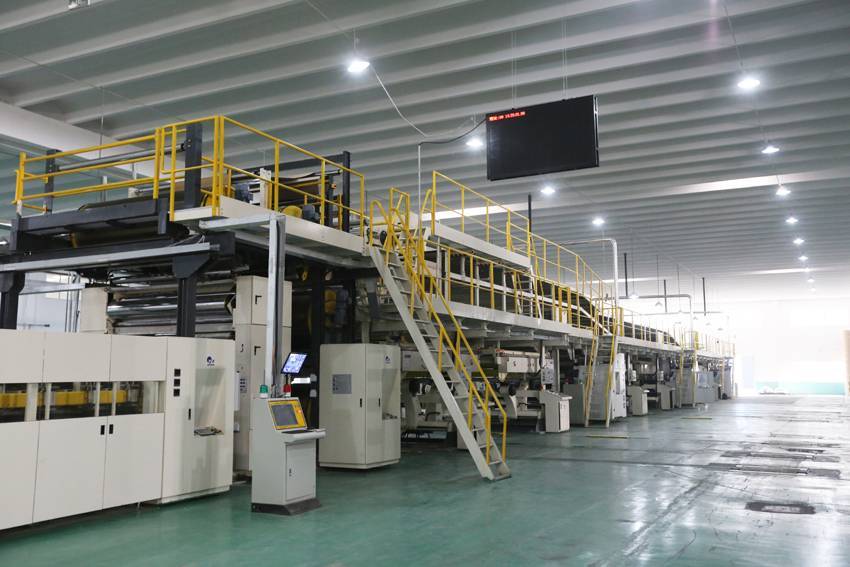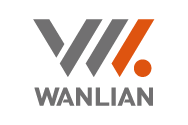 How to Produce Corrugated Board to Meet Customer Requirements
How to Produce Corrugated Board to Meet Customer Requirements
Producing corrugated board to meet customer requirements has always been one of the goals pursued by carton enterprises. Based on the follow-up in the production process of corrugated board and some experience in dealing with customer complaints, the following will explain how to produce corrugated board to meet customer requirements.In order to avoid mass quality problems and reduce customer complaints, the following aspects of control and inspection should be go through:Project: Corrugated Board Forming Quality StandardCorrugated board without collapsed flute, crushing, extrusion defects.Test MethodCutting with art knife and confirm by visual inspection.ExampleIn the process of corrugated board production, sometimes because of the longitudinal cutting knife is not sharp enough, corrugated board edge will be crushed, which easily cause customer misunderstanding that consider it as collapsed flute. Of course, there are some malicious customers claimed it collapsed flute so as to get refund or discount, other than that, when encountered this kind of complains, corrugated board can be cut from the middle, compared with qualified corrugated board to persuade customer. But in order to meet customers demand, we should pay attention in the production process to prevent cardboard edge from being crushed. Project: Corrugated Board Thickness Quality standardC>3.5mm, B>2.5mm, E>1.1mm, BC>6mm, BE>3.6mm.Inspection MethodCorrugated board thickness measurement instrument is used to detect corrugated board thickness, It should be measured on both sides of the corrugated board and the three parts in the central, with the minimum part can not be less than the above size as the principle. Particularly to strengthen the control for individual customers with special thickness requirements .In order to facilitate the quality track of products in the future, each product should keep a copy of corrugated board project inspection table, because it is not easy to manage the sample of each piece of cardboard, corrugated board can be cut horizontally, we can stamp the flute shape of the corrugated board to the inspection table.Project: Warping DegreeQuality standardThough the national standard stipulates the scope of corrugated board warping, from the perspective of quality control, it is recommended to take zero warping as principle.Inspection method: Put corrugated board on a plane for visual measurement and size measurement.Special caseBecause of various factors in determining the flatness of corrugated board, warping often occurs as a result .Because corrugated board right after produced having a certain degree of heat, taking measures to correct the flatness of the cardboard at this time would be very effective, usually put new produced board of every 15 pieces of positive and negative to stack up, and then use heavy weights to correct. Here focused on the production control of single-face corrugated, because single-face corrugated in the production process is single-sided gluing, in the drying process, due to the paper shrinkage, it is very easy to cause warping , after reducing the steam pressure in the drying process, it has achieved a more obvious effect, and the flatness of corrugated board is good condition.In addition, in the process of offset printing lamination, warping is also very easy to appeared, here we attribute it to corrugated board warping together for discussion. In one stage, we used to think that this kind of bending can not avoid, and therefore not take it seriously. When encountered customer complaints in this regarding, we explained customers with corrugated board warping standard required in the national standard, but the customer does not accept it, in particular, those products packaged by automatic packaging machine, if one corrugated cardboard warping appeared, it will cause congestion of the whole production line, affecting the customer's production efficiency. Later, measures like adding water roller are not effective to solve this problem. Sometimes because of too much water added, board strength affected due to cardboard moisture increased.Finally, as management was strengthened, we put new produced corrugated board every 10 pieces of a stack like the cardboard produced by the host, the effect is better. Some of the long-term inventory of corrugated boxes scraped because of warping. After the test, applying water on the inner linerboard by hand, then positive and negative stacked, bundling, put heavy weight on it, finally solve the warping problem. Project: Corrugated Board Processing Dimension DeviationQuality StandardSize deviation of corrugated board required width + / - 1mm, length + / - 2mm.Test MethodMeasuring with measuring ruler. Some simple and fast method for a few corrugated board can be adopted to measure: take out the cardboard samples in parallel at same time, measure the size of one piece of cardboard with the measure gauge, the other pieces of cardboard will be rotated 180 degrees, then compared with the former cardboard to see its alignment before determine.Project: Corrugated Board Adhesion StrengthQuality StandardCorrugated board completely glued, in particular to pay attention to the paper edge degumming or false gluing .Inspection MethodMethods like tear corrugated board to inspection, press with fingers, visual measurement are widely used. It should be emphasized that, in order to prevent the false gluing from causing the whole batch of cardboard scrap, the whole piece of cardboard must be teared for the first piece of cardboard inspection.Project: Corrugated Board Flute LineQuality StandardNo broken bar, linear folding is available.Inspection MethodConfirmed by manually bending the flute line. Because PET bar line is relatively shallow, in the process of use, customers sometimes return the product simply because the shaking cover cannot be folded normally, so they have to manually fold the shaking cover for correction, which wastes a lot of manpower. Therefore, the inspection of PET bar line should be strengthened.Project: knife Cut Edge of Corrugated BoardQuality Standardcorrugated board without uneven edges, scrap, extrusion, damage and other defects.Inspection MethodVisual inspection to confirm .It needs to be noted that for food corrugated cartons, especially corrugated cartons for exporting food, it will be treated as foreign matters if paper scraps dropped into the packaging box, so the inspection of blade and clipped cut should be cared too much.Project: Paper Choosing Control of Corrugated BoardQuality standardStrictly choose the paper that customers required.In the production of corrugated board, it is frequently occured that some all order, its paper type is similar with that of the previous product, therefore the common practice in this case is to produce this all order with the paper that being used in the previous product.Such alternative paper is not accorded with the standard set by customers, so the paper stability cannot be guaranteed, once customer approved products of this alternative paper, yet actually production with the paper that customers required , the quality will be appeared differently, as a result, customers will go complaint due to the difference. Therefore, we should strictly follow the customers’requirements in paper production, any replacement of paper must be informed to customers in advance. Project: Moisture ControlQuality StandardMoisture control of corrugated board should be 10% plus or minus 2%The moisture content of base paper in production, preheating drying, raw materials and adhesives of the characteristics, drying and cooling process after paperboard gluing and circulation environment will affect the moisture content of corrugated board. Corrugated board water control methods are as follows:1. Strictly Control the Moisture Content of the Base Paper when Entering into FactoryAccording to the provisions of national standards, the water content of base paper in delivery is generally 9% ~ 12%.First of all, in the procurement of base paper, quality should be better controlled , the water content of base paper into the factory should be strictly inspected, suppliers are required to supply qualified base paper.In addition, a separate warehouse for base paper storage must be set up, room temperature generally in 15℃~20℃, relative humidity is usually 30% ~ 40%.Do not put in the open air, which not only cause changes of the moisture content of base paper, but the water content at both ends and the middle is not consistent.2 .Reasonably Control Temperature Temperature is one of the determinants of corrugated board quality. During the corrugated board production process, we need to reasonably control temperature, it can not only adjust the moisture content of the base paper, but also affect the temperature of the base paper, which make adhesive solidified in a reasonable time.There are many preheaters and drying board in corrugated board production line, they are used to adjust the moisture content of base paper and single-sided board, and make the adhesive solidified, to glue each layer of corrugated board.3 .Reasonably Control the Quality of Adhesive, the Size of Glue, Water Content, Thinness and ThicknessLarge adhesive water content, thin adhesive, fast penetration are resulting in high water content, and vice versa.When the amount of glue is large, so is the water content of cardboard, and vice versa. As a result, we need to make glue strictly in accordance with the adhesive water content, proportion and mixing time , as well asthe viscosity of the adhesive. --If there is Copyright Dispute about the content, please Contact us to Delete.
